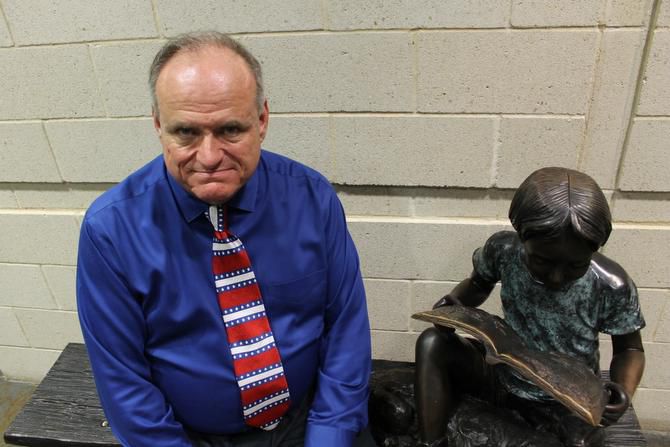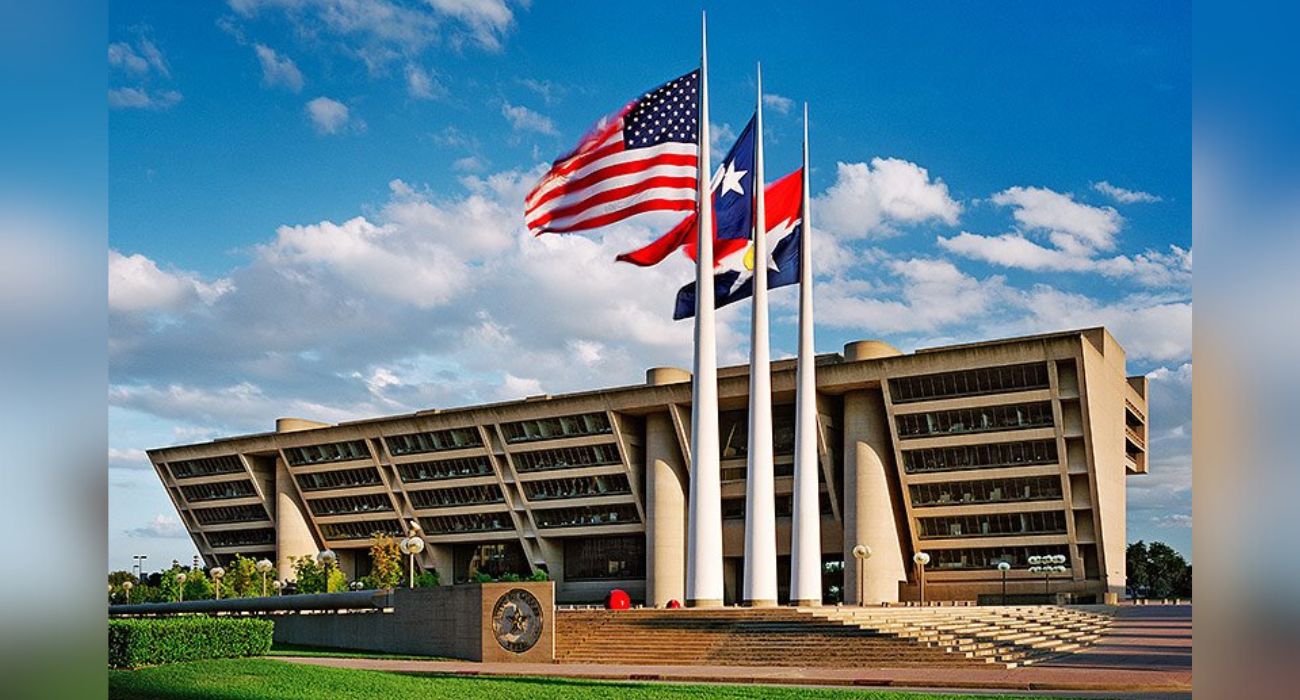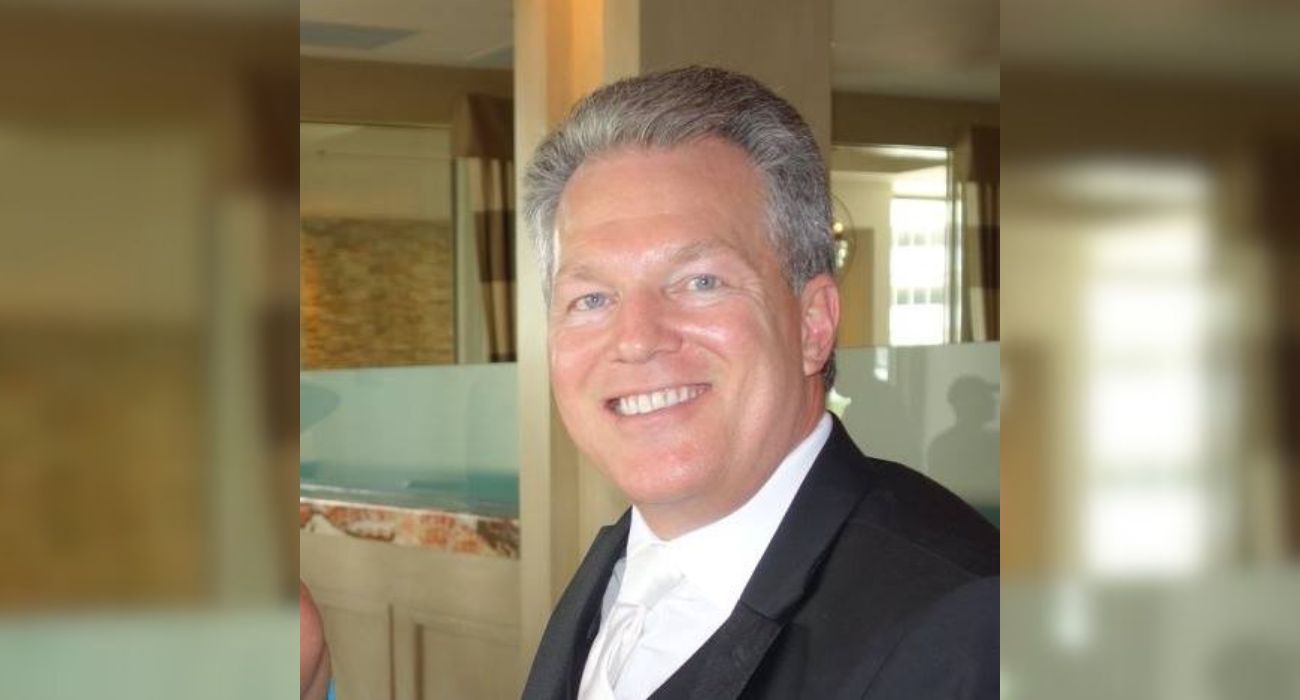Over more than 20 years, Tom Keener has chronicled approximately 1,500 life stories, touching nearly every aspect of American life.
Keener interviewed and wrote about Dr. Robert Nelson McClelland, who operated on both John F. Kennedy and his killer, Lee Harvey Oswald. He detailed the stories of Tuskegee Airman Calvin J. Spann and Henry Tennyson, a cowboy from Collin County who rode on the Shawnee Trail, now known as Preston Road.
Keener, who works at the Allen Public Library, is described as “an unsung historian of Allen history and all things important to minorities in Dallas.” Still, he sees himself as a “generalist,” he told The Dallas Express.
Keener grew up in Collin County, and besides being moved to record Allen’s history, he also wanted to get first-hand accounts of stories from the community.
“I would go around and knock on their doors and ask, ‘What’s your history?’ Some people don’t want to talk. So I got used to being a salesman and being told no,” Keener laughed, noting some people were close-mouthed about their history while others would “talk your ear off.”
While the stories people would tell were a mixture of positive and negative, Keener’s philosophy is that “all of it has a positive lining.”
Keener recalled one such interview with a woman who he said was guarded and irate during their first meeting. She did not open up to Keener initially, but during their second interview, Keener brought a mutual friend, Ken Beiler, who knew her well. Beiler told Keener that the woman’s father had been murdered in 1924. The woman gave Keener the location of her father’s grave, Ross Cemetery.
Keener discovered several Buffalo soldiers were buried there, alongside veterans of the War of 1812, the Black Hawk War, and the Civil War.
The cemetery was in bad shape, with trash, old toilets, and other debris scattered throughout. Keener called a local television news station to cover the forgotten souls buried in the garbage. This publicity led to a massive cleanup effort.
In addition, Keener had asked the woman for a picture of her father. Unfortunately, she only had a very worn photo. Thankfully, Photoshop had just come out, and Keener went to work.
“We printed [the picture] in Photoshop; fortunately, his face was still in good shape. The extremities of the picture were shredded, so we just took tweezers — and I am not a patient person — but we took tweezers, put it in Photoshop, and we were able to put it back together,” said Keener.
“I framed it and gave it to her, and she said, ‘That’s my daddy? Where did you get this?’ I told her it was magic, and she had that picture at the foot of her bed until the day she died,” said Keener.
Not only did Keener’s thoughtful efforts touch the woman’s heart, but a cemetery filled with forgotten family members and countless stories was restored. This is just one of the instances highlighting why Keener has dedicated his life to uncovering the stories buried in Allen.
Over the years, the many stories Keener has documented have taught him several life lessons.
While writing stories about people who served in World War II, Keener heard first-hand accounts of how rationing affected people’s lives. He said those stories taught him he could live with nothing.
“I listened to a guy who was in the Holocaust and was within an hour of being put in the gas tank before the Allied troops broke through the prison… I’ve heard stories of families being killed for no reason,” said Keener. “Through these stories, I have learned to forgive.”
At over 1,500 life stories and counting, Keener said an essential lesson they have imparted is the power of forgiveness.
One of those life stories is William Blair’s. A former pitcher in the Negro Leagues from 1946 to 1951, Blair enlisted in the United States Army and became a first sergeant in the United States Army during World War II. He later went on to help develop and serve on the board for the African American Museum’s Texas Sports Hall of Fame and founded the currently published newspaper, The Elite News.
Keener was privy to conversations with Blair about his days in the Negro League; they were stories only a few people would get to hear first-hand.
Keener has made it his mission to document as many stories of those who lived during World War II and those who have endured years of struggle, turning their sometimes heartbreaking stories into historical road maps that remind us of where we come from.
”I learned something about Dr. Blair,” said Keener. “The thing I learned from him [was] that he loved what he did.” The same can be said for Tom Keener.
This story was pitched to The Dallas Express by one of our readers. Do you have a story you think should be covered or a tip on breaking news? Submit your idea here.






